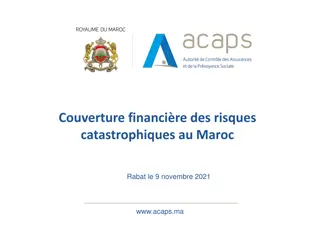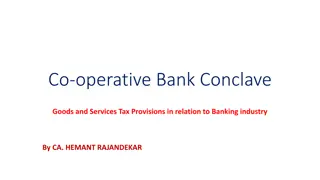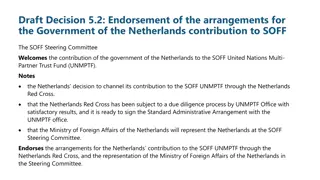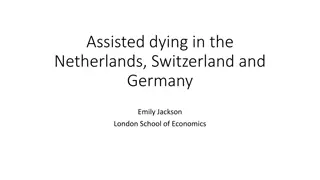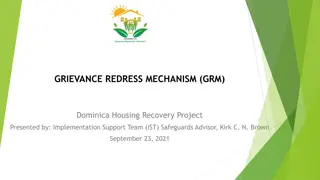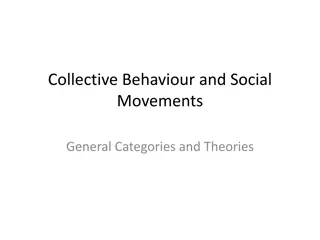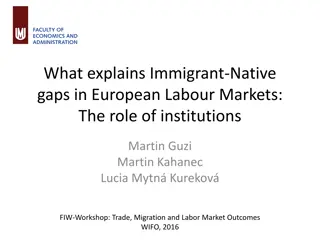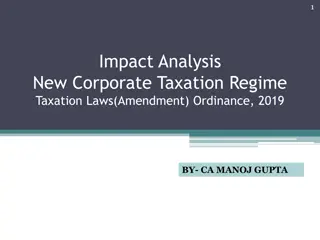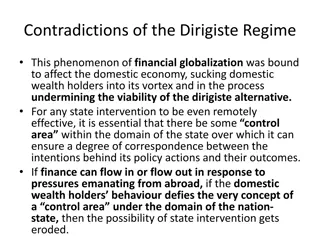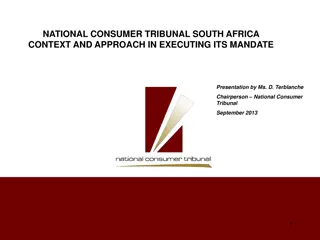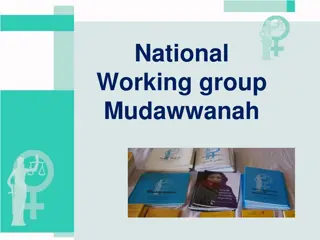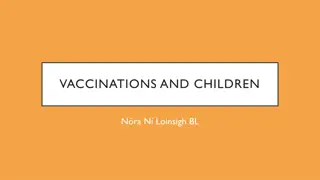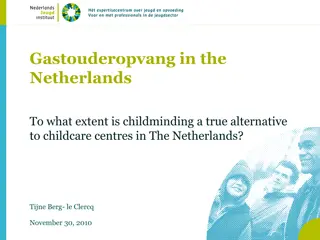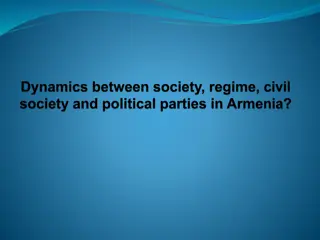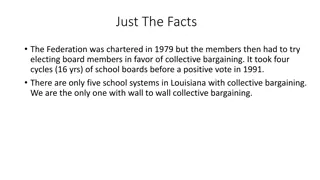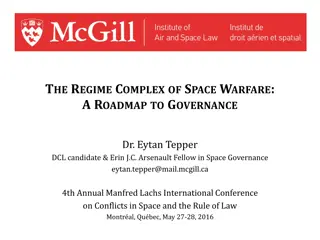Collective Redress Regime in Netherlands: Evolution and Current Framework
The collective redress regime in the Netherlands has evolved over the years, with significant changes introduced since January 2020. Under the current framework, the law allows for claiming monetary damages collectively, with specific criteria for admissibility and stricter requirements for representative organizations. The system also includes quasi collective actions, providing a pathway for individual claimants to seek redress. Key features include opt-out provisions, lead plaintiff contests, and limitations on second collective actions.
Download Presentation

Please find below an Image/Link to download the presentation.
The content on the website is provided AS IS for your information and personal use only. It may not be sold, licensed, or shared on other websites without obtaining consent from the author. Download presentation by click this link. If you encounter any issues during the download, it is possible that the publisher has removed the file from their server.
E N D
Presentation Transcript
COLLECTIVE REDRESS: NETHERLANDS DAV | Law Made in Germany Symposium 28 September 2020, Dennis Horeman
Current regime: collective actions (WAMCA) Law as it stood until 1 January 2020, continues to apply to matters based on facts arising before 15 November 2016 Collective action (section 3:305a DCC) - originally introduced in 1994 representative non-profit organization broad relief possible, and declaration of liability in particular But: no monetary damages: requires follow-up proceedings by individual claimants similarity of interests required no res judicata effect for group members, but finding of fault serves as point of departure in follow-up proceedings time bar: interrupted by letter or collective proceeding by representative organization 2
Current regime: collective actions (WAMCA cont'd) Law as it stands since 1 January 2020, only applies to matters based on facts arising after 15 November 2016 Revision per 1 January 2020 allows claiming monetary damages collectively (damage scheduling is encouraged, compensation must be "reasonable", but precise application of general rules on damages is not specified by legislature) lead plaintiff contest: other organizations get a chance to apply opt-out and finality: ruling binding for all members of the "class" subject to opt-out (except for foreign class members: opt- in, unless court decides to apply opt-out), no second collective action "motion to dismiss": (a) admissibility of the claimant, (b) prima facie assessment of merits of claim, (c) sufficient communality of facts and legal issues specific criteria for admissibility: (a) sufficient connection with Dutch legal sphere, (b) stricter requirements for representative organizations in respect of representativeness, governance, financing and transparency 3
Intermezzo on current regime: quasi collective actions Quasi collective action organization acting for individual claimants (for instance) on the basis of power of attorney or after assignment of claims time bar: interrupted for claimants only (by letter or proceedings) 4
Current regime: separate collective settlement (WCAM) Collective settlement: WCAM (7:907 DCC and 1013 et seq. DCCP) introduced in 2005 representative non-profit organization reaches settlement with defendant and can petition the court of appeals to declare the settlement binding for members of the group it represents court tests representativeness of organizations and reasonableness of settlement (amongst others) if court declares the settlement binding: all in the group bound, subject to opt-out time bar: interrupted for all in the group by filing petition 5
Collective actions and settlement: proceedings in Dutch or English Since 1 January 2019, parties have the option of bringing their case before the Netherlands Commercial Court part of the district court and court of appeals in Amsterdam proceedings can be conducted in English 6
Use of mechanisms in practice Collective litigation and settlement is actively used in a wide range of cases consumer products (including financial products and pharma) securities claims privacy breaches climate litigation (Urgenda v. State, Milieudefensie v. Shell) cartel damages financial products environmental claims Groningen earthquakes in relation to gas exploitation 9 collective settlements (WCAM), all approved by court 7
Use of mechanisms in practice (cont'd) Since introduction new collective action on 1 January 2020, 11 collective actions brought so far 1 for alleged privacy infringement / data breach 2 related to 'dieselgate' 4 related to alleged publishing of unauthorized or inappropriate content online 3 public interest litigation (transgender persons, access to water for children, ethnic profiling) 1 for creditors in a bankruptcy 8
Area of active consideration: role of funders Compare how directive, WAMCA and (soft law) claim code 2019 deal with funder influence Directive re cross border entities (30 June 2020 publication): "independent and not influenced by persons, other than consumers, who have an economic interest in the bringing of any representative action, in particular by traders, including in case of funding by third parties, and, to that end, has established procedures preventing such influence as well as conflict of interest between itself, its funders and consumer interest" and "conflicts of interests are prevented and that the funding by a third party having an economic interest in the bringing or the outcome of the representative action for redress does not divert the action from the protection of the collective interests of consumers (art. 7)" WAMCA: in showing that it has sufficient funds to litigate, the entity must also "sufficiently have control" over the claim, i.e. it should be able to make the final determination on e.g. whether to settle or appeal Claim Code 2019 (soft law, comply or explain) requires independence of directors and counsel of the representative organization from a funder, such that control over proceedings and settlement remains exclusively with the representative organization Tension between allowing commercial funding and scrutiny of compensation of costs for truly non-profit claim organizations? Ageas example. 9



